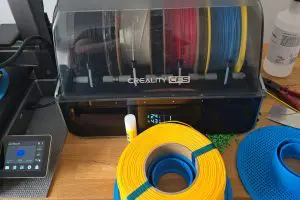Someone we work with, Grant, is a keen and very skilled photographer. But his camera was holding him back: it was not good enough to let him use his talent to the full. We were able to help.
Grant first got interested in photography a long time ago – back when people still used camera film. After a while, he got out of the habit. “I just did snaps here and there with my phone. Then, about 10 years ago, my girlfriend at the time got me a new camera.”
Things went from there. Grant then bought a camera, a Canon 100D, that one of his friends was selling. It was almost brand new, and Grant started doing wildlife photography again. Grant explains, “the challenge is just to get an image, because most animals move so fast. You’ve got to find ways to try to work with them.”
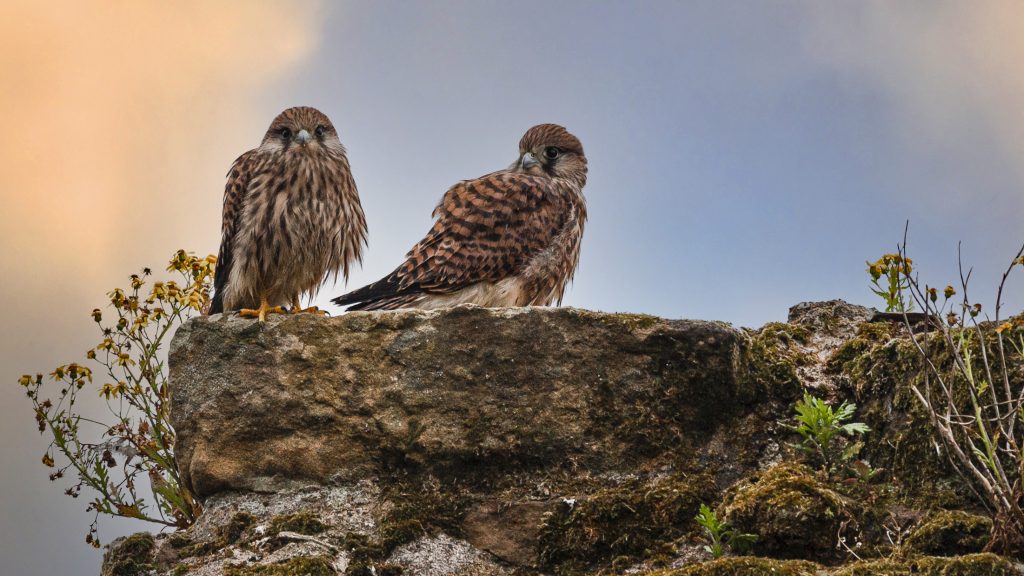
Above: Juvenile Kestrels “These young kestrels were part of a brood that I had the privilege of watching from being chicks to fledging the nest. (In the interests of transparency I should say that in the original image the sky had washed out, so while editing on Photoshop I had used the sky replacement function.)”
Grant started by going to his local park and taking photos of the birds there. The park was the perfect place for this. It had lots of different wildlife, with the coast at one end and a woodland area at the other.
Grant found that the patient and slow nature of wildlife photography was enjoyable and of great benefit too. “Photographing wildlife, it really slows you down. Because if you’re jumping about and being noisy… they won’t come up. You’ve got to take maybe 20 minutes just to sit still… then you start to hear the noises of them rustling about – and then you start to sense the movement of them, you won’t actually see them yet.”
“And then after a while they get to trust you, and see that you’re no threat. Then they’ll start showing themselves. And now that I’ve been going to the same spot for about 2 years, animals will come up to me quite readily. I take things with me like bird food, bags of nuts for the squirrels and stuff like that, so they are quite happy. You learn a lot about animal behaviour.”
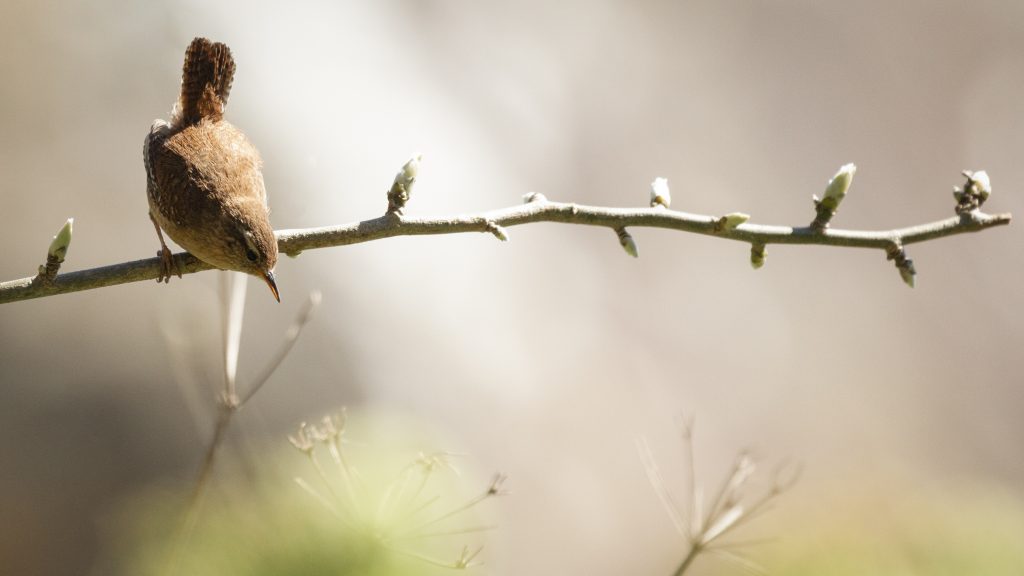
Above: Wren on a branch. “This is probably the clearest image I have of a wren, one of the UK’s smallest birds. They are incredibly skittish and devilishly fast.”
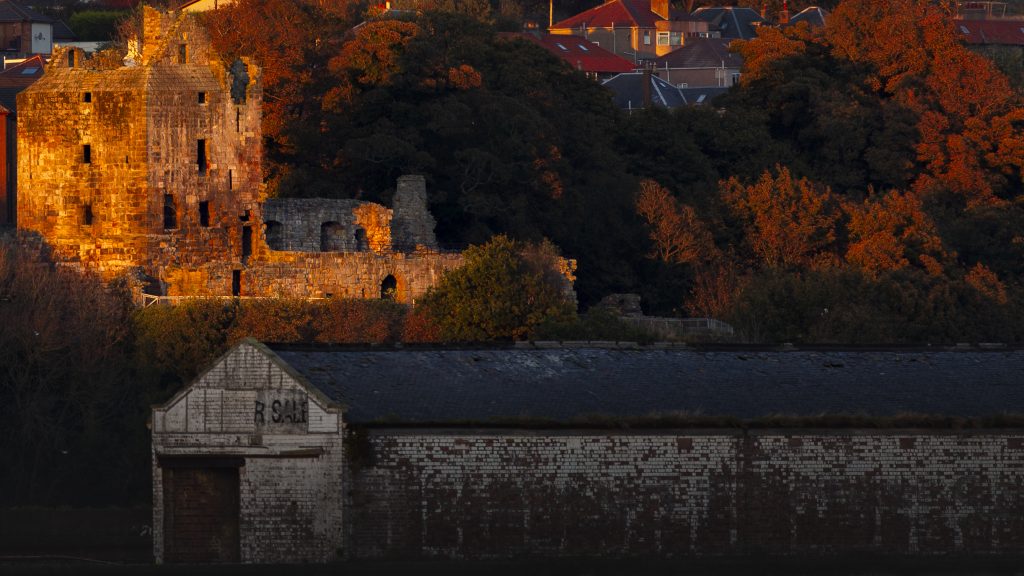
Above: Ravenscraig Castle at sunset
When Grant first started working with Future Pathways, one of the things he talked about with his Support Coordinator was his love for photography. He wanted to get better at it but the camera he had was too basic. This is when his Support Coordinator said Future Pathways could help.
Grant made a list of what he needed and got everything second-hand which saved a lot of money. He was now able to do much more and in many different light conditions.
As you can see, Grant has taken some amazing photos, and he clearly loves the process as much as other people love the results. “One of the most amazing experiences I’ve had was at a spot I know where kestrels go every year. About 2 years ago, I was there and a kestrel was sat in a tree quite far away. And the next thing, he flew to a tree about 20 feet from me. It literally just sat there and watched me, checking me out for a good 5 minutes. Enough time to go and get my camera set up and take an image right close up.” (The photo Grant took is below.)
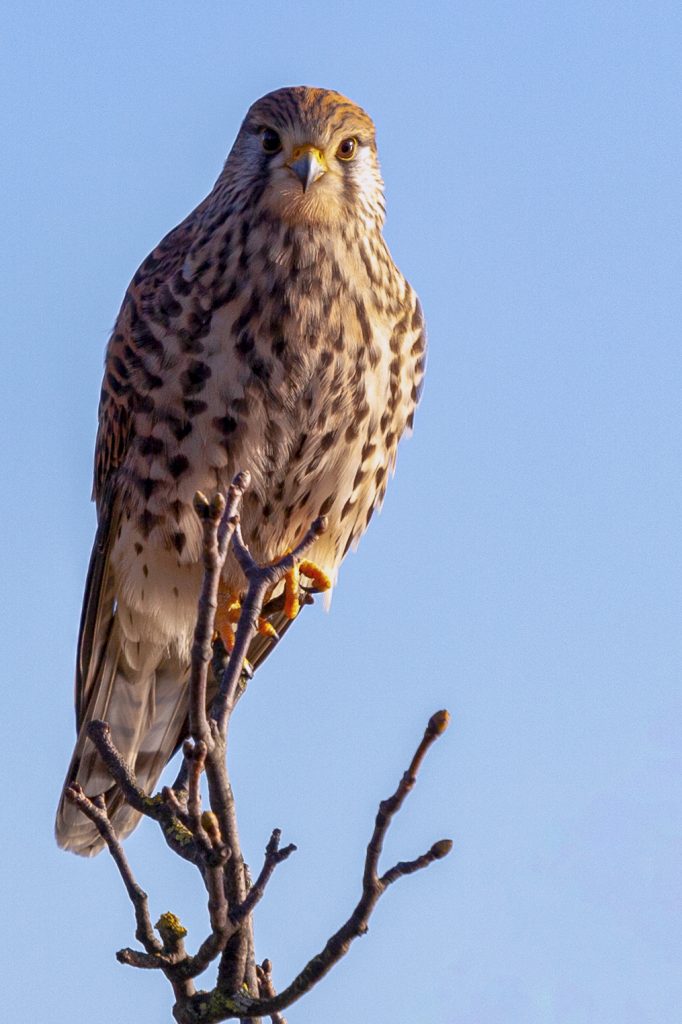
Above: Kestrel. “This kestrel flew onto the tree closest to me and watched me for a few minutes.”
And it seems that Grant’s love for photography may be passing down to his kids. Grant sometimes takes his daughter out with him. She uses his old camera to learn. Grant told us that this has been an added benefit of Future Pathways’ help that he did not expect. “It has helped my daughter and me build on our relationship, by giving us a shared interest.”
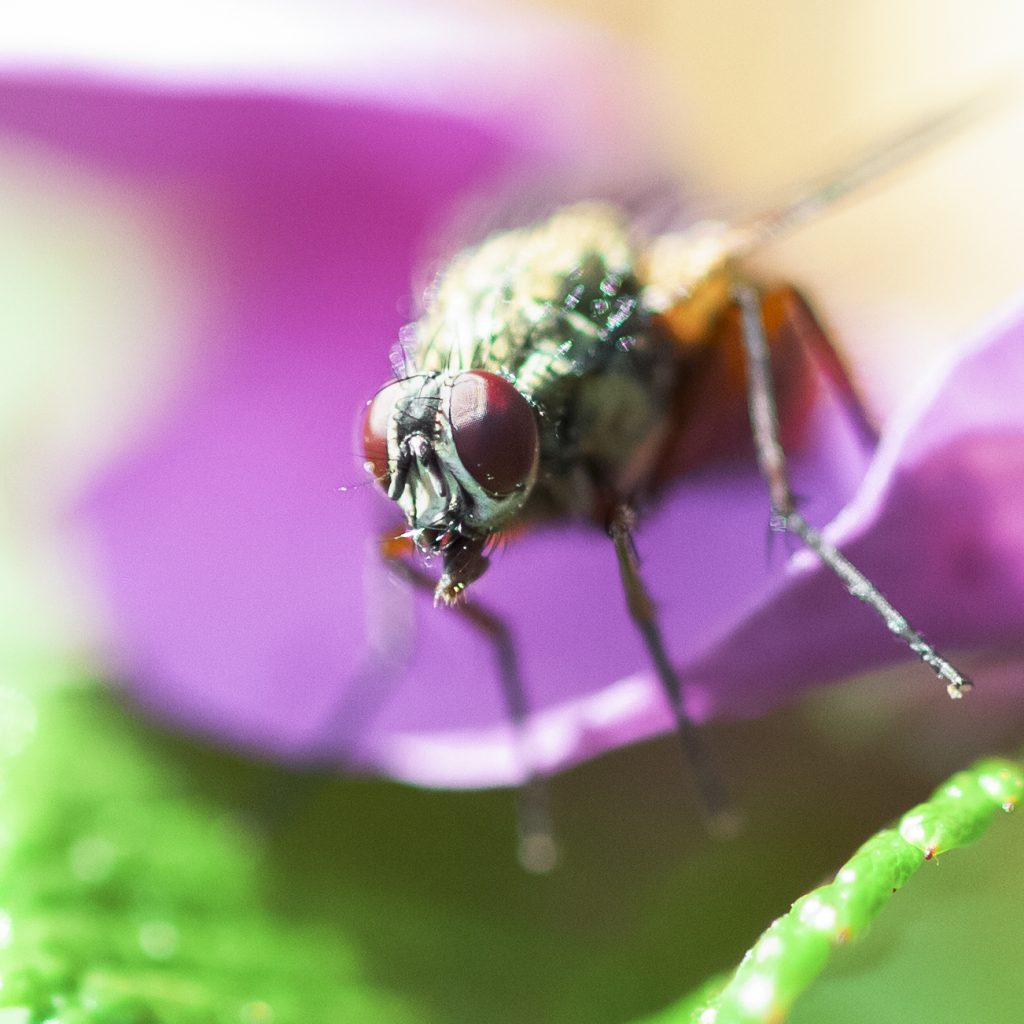
Above: “A ‘macro shot’ from a day spent shooting insects and flowers.”
“It is a great experience. Everyone’s got their life stresses, and then I’ve got other mental health issues that I’ve got to deal with. When I go out with my camera, for that couple of hours I’m not thinking about any of that. What I’m concentrating on is the location I’m going to, what’s the light like, what kit am I going to use, what shutter speeds am I going to use, how am I going to set the camera up? I find that it takes my mind right away: just for a couple of hours, I have no worries.”

Above: A robin in the sun. “It was the end of the day and I was about to pack my equipment away when I noticed this wee fella. Next to kestrels, robins are my favourite birds. They are so full of attitude, curious, and furiously defensive of their territory. But once they get used to your presence they will happily stay about you.”

